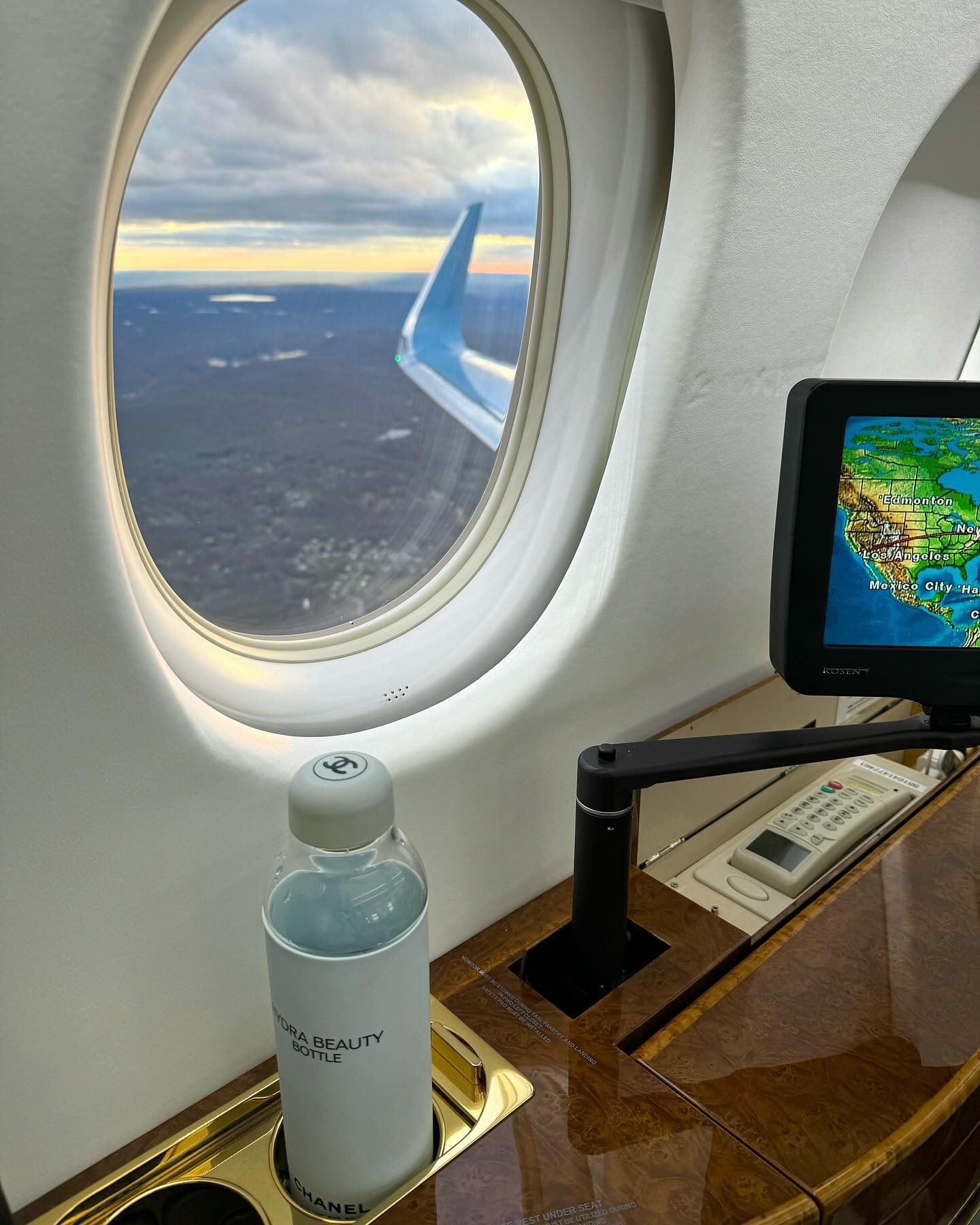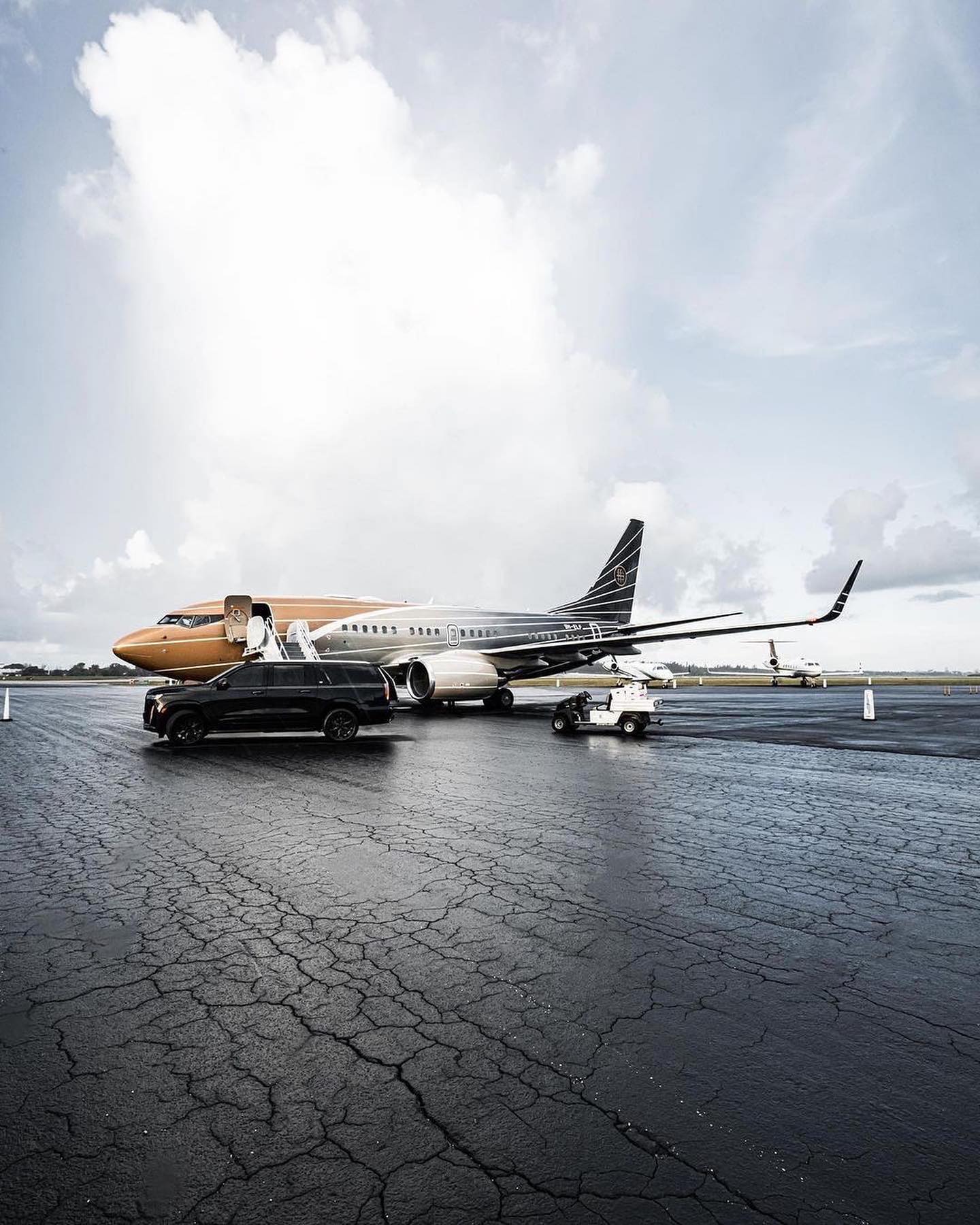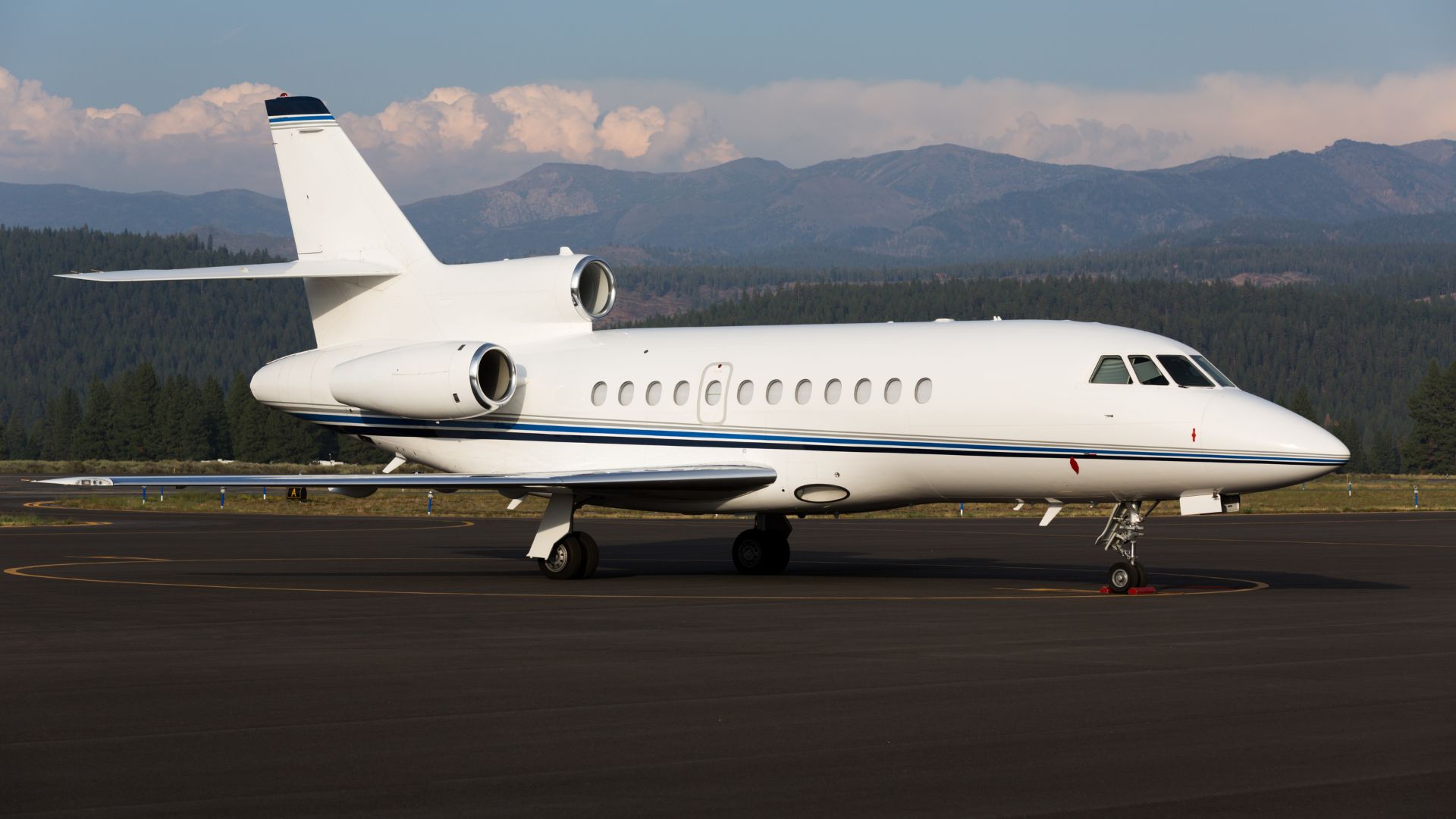Major sporting events are increasingly being flown by private jet charters, which provide athletes, teams, and fans with efficiency, comfort, and convenience. This piece will explore this trend’s different facets, reviewing its advantages, drawbacks, and effects on the sports sector.
1. Time Efficiency and Convenience
Convenience is one of the main benefits of using a private jet for sporting events. Teams and athletes can avoid the inconveniences of traveling through commercial airports, including lengthy security checks, wait times, and check-in lines. Private aircraft provide a more efficient means of transportation, featuring expedited boarding procedures and direct routes to nearby airports. Sports teams with busy schedules may find this especially helpful as it maximizes their recovery and training periods.
2. Coziness and Personalization
When it comes to comfort, private aircraft are superior to commercial aircraft. More room for seating, personalized meals, and privacy are available to both individuals and groups. This setting promotes calm and concentration for athletes getting ready for big-time competitions. In order to better serve the needs of the athletes, private planes can also be furnished with amenities like physiotherapy equipment and conference rooms for tactical talks.
3. Impact on the Economy and Opportunities for Sponsorship

Photo credit: instagram.com
Sports travel on private aircraft has significant economic ramifications as well. It opens doors for partnerships and sponsorships between private aviation firms and sports teams. These collaborations can benefit both parties by giving teams access to private jet brands and affordable travel options. Additionally, this trend influences airport services, hospitality, and local economies at sports event locations, all contributing to the luxury travel industry.
4. Environmental Aspects to Take into Account
Traveling by private jet, though, brings up environmental issues. Private jets use less fuel than commercial flights and emit more carbon dioxide per passenger. A growing number of people are interested in sustainable travel options due to the sports industry’s growing awareness of its environmental impact. This entails funding the development of carbon offset schemes, investigating alternative fuels, and purchasing more fuel-efficient aircraft.
5. Obstacles and Laws
Private jet travel in sports is not without its difficulties. Regulatory issues like airspace limitations and airport slot allotments may impact travel arrangements. Not only that, but only the wealthiest teams and individuals can afford private jet travel, which could exacerbate inequality in the sports industry.
6. Future Trends

Photo credit: instagram.com
A few of the current restrictions on private jet travel for sports leagues may be lifted in the future thanks to advancements in aviation technology. New business ventures and strategies could make private jet travel more accessible, while fuel efficiency improvements and electric aircraft use could lessen their negative environmental effects.
In conclusion, flying in a private jet for major sporting events has many comfort, convenience, and time-saving benefits. However, there are also disadvantages, like challenging laws and environmental problems. As the sports industry evolves, so will private jet travel; two key focuses will be sustainability and accessibility.

